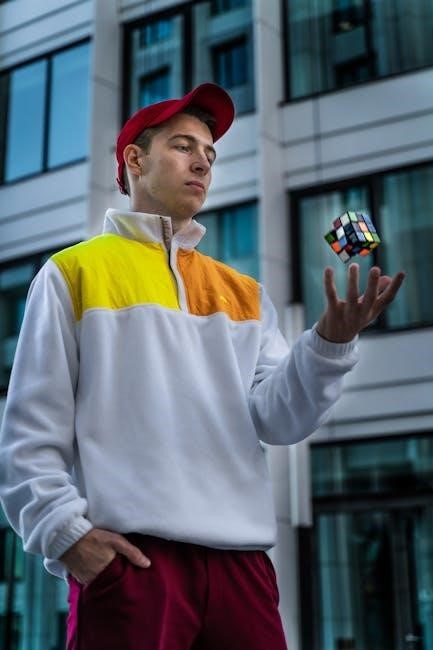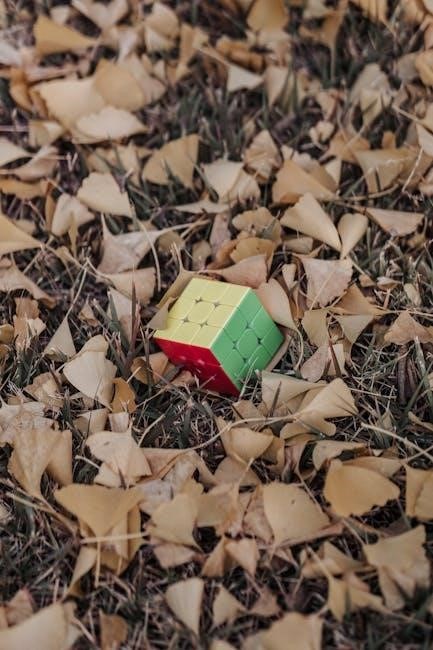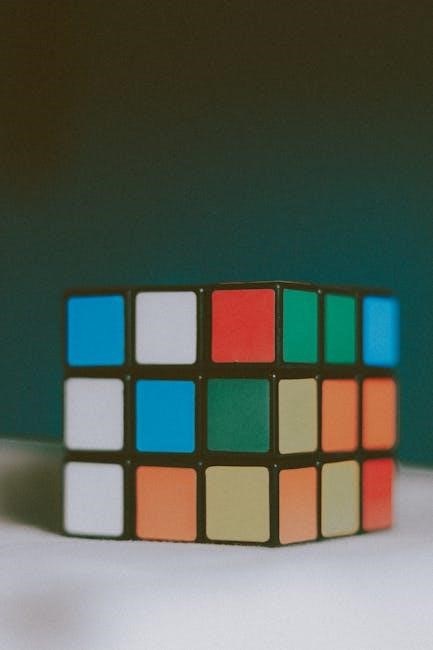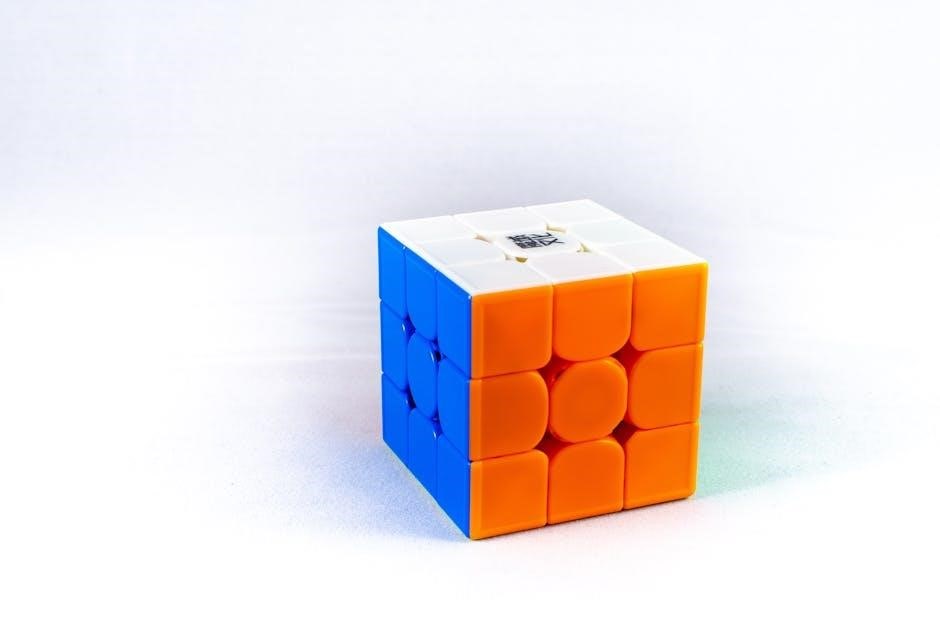Julio Cortázar’s The Night Face Up is a surreal tale of a man blending reality and Aztec-inspired dreams after a motorcycle accident, exploring identity and mortality.
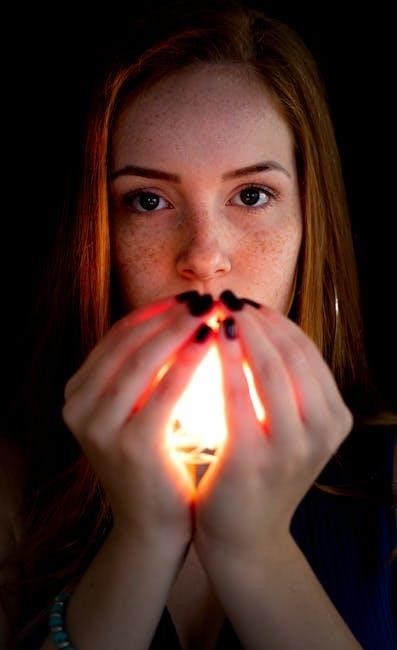
Plot Summary
The story follows a man recovering from a motorcycle accident, blending his hospital experience with vivid dreams of being an Aztec warrior, creating a surreal narrative.
2.1. The Motorcycle Accident
The story begins with a man involved in a motorcycle accident, rushed to a nearby pharmacy by onlookers. Despite his injuries, he remains conscious, observing the minor harm inflicted on the accident’s perpetrator. The crash sets the stage for his hospital recovery and the blending of reality with his vivid, Aztec-inspired dreams. This pivotal event initiates the narrative’s exploration of identity, culture, and the interplay between life and death.
2.2. The Hospital Recovery
The protagonist is hospitalized, his arm suspended in a system of weights and pulleys, causing significant physical discomfort. Despite his pain, he manages to smile at the person beside him, showcasing resilience. His recovery is marked by a blur of reality and dreams, as he oscillates between the hospital environment and vivid visions of Aztec rituals. This duality sets the tone for the narrative’s exploration of identity and the subconscious. The hospital becomes a transitional space where the boundaries between his waking life and imagined past begin to dissolve.
2.3. The Aztec Dreams
The protagonist’s Aztec dreams are vivid and immersive, featuring rituals like “la guerra florida” and his role as a warrior. These visions create a parallel narrative, blending myth with reality. The protagonist’s identity becomes intertwined with his imagined past, contrasting sharply with his modern hospital recovery. The dreams symbolize a deep cultural connection and explore themes of sacrifice, duty, and the subconscious. Cortázar’s portrayal of these sequences adds depth to the story, highlighting the protagonist’s psychological journey and the blurring of time and identity.
Themes in “The Night Face Up”
The story explores themes of reality vs. dreams, identity and culture, and life and death, delving into the protagonist’s psychological journey and cultural connections through surreal narratives.
3.1. Reality vs. Dreams
In The Night Face Up, Cortázar masterfully blurs the line between reality and dreams. The protagonist’s hospital recovery intertwines with vivid Aztec-inspired visions, creating a dual narrative. The modern setting of the hospital contrasts sharply with the ancient, ritualistic dreams, leaving the reader questioning what is real. This duality symbolizes the protagonist’s inner conflict and cultural disconnection. Cortázar’s use of shifting perspectives challenges the reader to distinguish between the two, emphasizing the psychological and symbolic significance of both worlds. The interplay between these realms underscores the story’s exploration of identity and mortality.
3.2. Identity and Culture
In The Night Face Up, Cortázar explores the tension between modern identity and ancient cultural heritage. The protagonist’s dual existence—hospitalized in the present and envisioning Aztec rituals—reflects a cultural disconnection. His dreams of being an Aztec warrior symbolize a longing for a lost heritage, contrasting with his detached modern life. Cortázar uses this duality to examine the fragmented identity of contemporary individuals, caught between their ancestral roots and the alienation of urban existence. This clash of cultures underscores the protagonist’s internal struggle and the broader societal conflict of preserving tradition in a rapidly changing world.
3.3. Life and Death
In The Night Face Up, Cortázar intertwines the themes of life and death through the protagonist’s surreal journey. The motorcycle accident and subsequent hospital recovery symbolize a physical brush with death, while his Aztec-inspired dreams delve into ritualistic sacrifice. The story juxtaposes the clinical, life-preserving environment of the hospital with the primal, fatalistic rituals of the past. This duality reflects Cortázar’s exploration of existential questions, where life and death coexist as natural counterparts. The protagonist’s experiences blur the boundaries between survival and sacrifice, highlighting the inevitability of death and the search for meaning in life.
Literary Devices Used by Cortázar
Cortázar employs a non-linear narrative structure and rich symbolism, blending modern reality with Aztec imagery to create a layered exploration of identity and existence.
4.1. Narrative Structure
Cortázar’s narrative in The Night Face Up seamlessly intertwines two realities: the protagonist’s hospital recovery and his vivid Aztec-inspired dreams. The story shifts fluidly between the modern world and ancient rituals, creating a non-linear structure that blurs boundaries. This dual narrative maintains suspense, as the reader is equally immersed in both timelines. Cortázar’s use of flashbacks and juxtaposition heightens the psychological depth, making it difficult to distinguish reality from illusion. By balancing both spaces, Cortázar crafts a unique storytelling experience that engages and challenges the reader’s perception of time and identity.
4.2. Symbolism and Metaphor
Cortázar employs rich symbolism and metaphor in The Night Face Up; The motorcycle accident symbolizes a fracture between modern life and ancient traditions, while the hospital represents a liminal space of recovery and reflection. Aztec warriors and rituals serve as metaphors for primal fears and the search for identity. The protagonist’s dual existence—caught between reality and dreams—mirrors the universal struggle to reconcile past and present. Cortázar’s use of these symbols creates a layered narrative, inviting readers to explore themes of mortality, cultural identity, and the blurred lines between reality and illusion.

Historical and Cultural Context
The story masterfully blends Aztec imagery with the realities of modern Argentina, reflecting Cortázar’s exploration of cultural identity and historical juxtaposition in a evolving society.
5.1. The Aztec Influence
Julio Cortázar weaves rich Aztec imagery into The Night Face Up, immersing the protagonist in visions of Aztec warriors and sacrificial rituals. These sequences, filled with vibrant cultural details, reflect Cortázar’s fascination with pre-Columbian history; The Aztec influence serves as a symbolic backdrop, contrasting the modern world with ancient traditions. By blending these elements, Cortázar explores themes of identity and cultural heritage, creating a narrative that oscillates between the protagonist’s reality and his primal, dreamlike connection to an ancient civilization.
5.2. 20th-Century Argentina
Set against the backdrop of 20th-century Argentina, The Night Face Up reflects the cultural and societal shifts of the time. The story, influenced by Cortázar’s deep connection to his homeland, explores themes of modernity and identity. The protagonist’s motorcycle accident and subsequent hospitalization symbolize the clash between traditional values and the rapid pace of contemporary life. This duality mirrors Argentina’s own journey through cultural transformation, blending the realities of urban life with the lingering echoes of its rich historical heritage.
Analysis of the Protagonist
The protagonist, a man recovering from a motorcycle accident, oscillates between reality and vivid Aztec-inspired dreams, symbolizing his struggle with identity and cultural disconnection in modern life.
6.1. The Protagonist’s Journey
The protagonist’s journey in The Night Face Up is marked by his physical recovery from a motorcycle accident and his psychological navigation of surreal Aztec-inspired dreams. While hospitalized, he oscillates between the modern world and ancient rituals, blurring reality and fantasy. His experiences reflect a struggle with identity, as he shifts between his role as a contemporary individual and an imagined Aztec warrior. This duality highlights his inner conflict and the story’s exploration of cultural disconnection and existential questioning.
6.2. Psychological Depth
The protagonist’s psychological depth is revealed through his shifting consciousness between reality and Aztec-inspired dreams. His hospitalization and physical pain serve as a backdrop for introspection, where he grapples with identity and cultural disconnection. The blending of modern and ancient experiences reflects his inner turmoil, suggesting a fragmented self. Cortázar masterfully explores the protagonist’s psyche, using surreal imagery to illustrate his emotional and existential struggles. This psychological complexity underscores the story’s themes of disorientation and the search for meaning in a chaotic world.
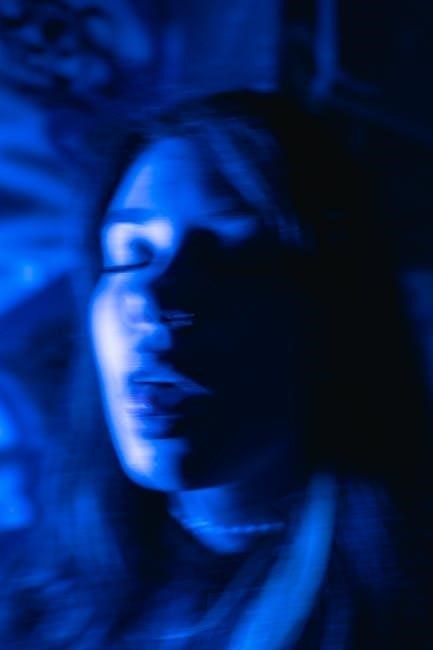
The Antagonist: Aztec Warriors
The Aztec warriors in The Night Face Up serve as antagonists, embodying both physical and symbolic threats. They appear in the protagonist’s dreams, pursuing him relentlessly and preparing him for sacrifice. These warriors represent the primal forces of death and tradition, contrasting sharply with the modern world. Their presence adds tension and depth to the narrative, highlighting the protagonist’s internal struggle to reconcile his identity with the cultural and historical imagery that haunts him. Their role underscores the story’s exploration of mortality and the clash between past and present.
Supporting Characters
In The Night Face Up, the supporting characters play a subtle yet vital role in shaping the narrative. The person next to the protagonist in the hospital offers emotional support, symbolizing human connection amidst his surreal experiences. Additionally, the doorman who guards the motorcycle represents the protagonist’s life before the accident, grounding the story in reality. These characters, though not deeply explored, provide context and contrast to the protagonist’s internal struggles, emphasizing the duality of his existence between the modern world and his Aztec-inspired visions.
Symbolism in the Story
In The Night Face Up, symbolism is deeply woven into the narrative. The motorcycle represents freedom and modernity, contrasting with the Aztec rituals, which symbolize sacrifice and ancient traditions. The hospital serves as a liminal space between life and death, while the protagonist’s casted arm and medical apparatus symbolize his physical and emotional confinement. The Aztec warriors embody the fear of being consumed by a primitive, uncontrollable force, reflecting the protagonist’s internal struggle to reconcile his dual identities. These symbols enrich the story’s exploration of reality, culture, and mortality.
Reception and Impact
The Night Face Up has received critical acclaim for its unique blend of reality and surrealism. Readers and scholars praise its exploration of identity and culture, making it a significant work in Latin American literature. The story’s ability to weave modern-day experiences with ancient Aztec imagery has captivated audiences, inspiring further adaptations and analyses. Its influence is evident in educational materials, with numerous study guides and lecture notes available, highlighting its relevance in academic contexts. The story’s enduring popularity underscores Cortázar’s mastery of narrative and thematic depth.
Educational Resources
Various study guides and lecture notes in PDF format are available for The Night Face Up, aiding students in analyzing its themes and cultural significance.
11.1. Study Guides
Study guides for The Night Face Up provide in-depth analyses of the story, including summaries, character insights, and thematic explorations. These resources are designed to help students understand Cortázar’s narrative techniques, such as the blending of reality and dreams, and the cultural influences, particularly the Aztec imagery. Many guides include historical context, discussion questions, and suggestions for further reading. They are available in various formats, such as PDF, DOC, and TXT, making them accessible for educational purposes and individual study.
11.2. Lecture Notes
Lecture notes on The Night Face Up delve into its surreal narrative, blending modernity with Aztec imagery. They analyze Cortázar’s use of dual realities and cultural influences, offering insights into the protagonist’s psychological journey. Available in PDF formats, these notes are ideal for academic discussions, providing detailed analysis of themes like identity and mortality. They also explore the story’s metaphysical dimensions, making them a valuable resource for understanding Cortázar’s unique storytelling techniques.

Downloading “The Night Face Up” PDF
The PDF of The Night Face Up is widely available for free download. Platforms like Docsity and PrintFriendly offer easy access to the story in PDF format. Readers can also find study guides and lecture notes accompanying the PDF for deeper analysis.
The PDF includes the full text of Cortázar’s surreal tale, exploring themes of reality, identity, and Aztec imagery. It’s a valuable resource for students and enthusiasts, providing insights into the story’s metaphysical and cultural dimensions.
The Night Face Up by Julio Cortázar is a captivating exploration of reality, identity, and culture. Through its vivid narrative and Aztec-inspired imagery, the story challenges readers to question the boundaries between dreams and reality. The protagonist’s journey, marked by physical and psychological struggles, leaves a lasting impression. The story’s accessibility in PDF format makes it easier for readers to engage with Cortázar’s unique storytelling. This tale remains a significant work in Latin American literature, offering profound insights into human existence.



